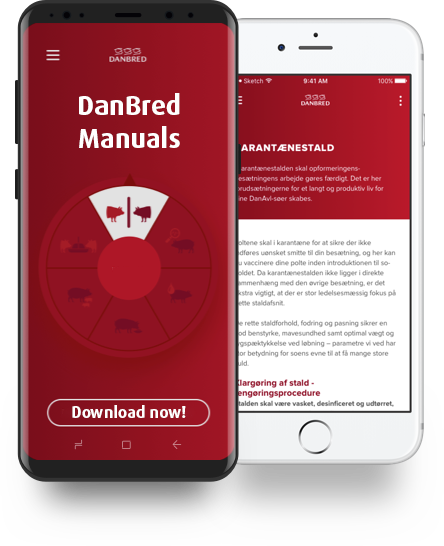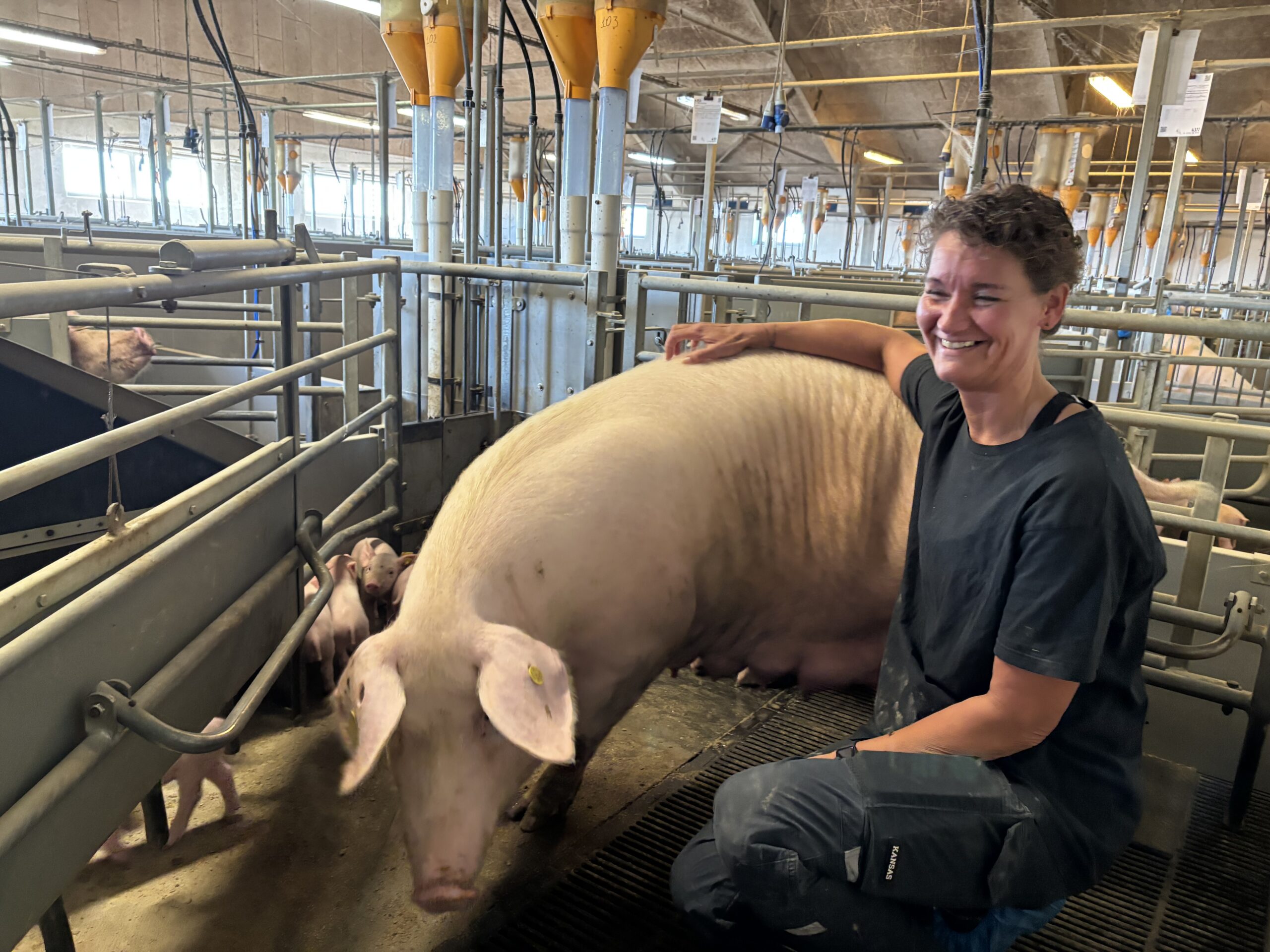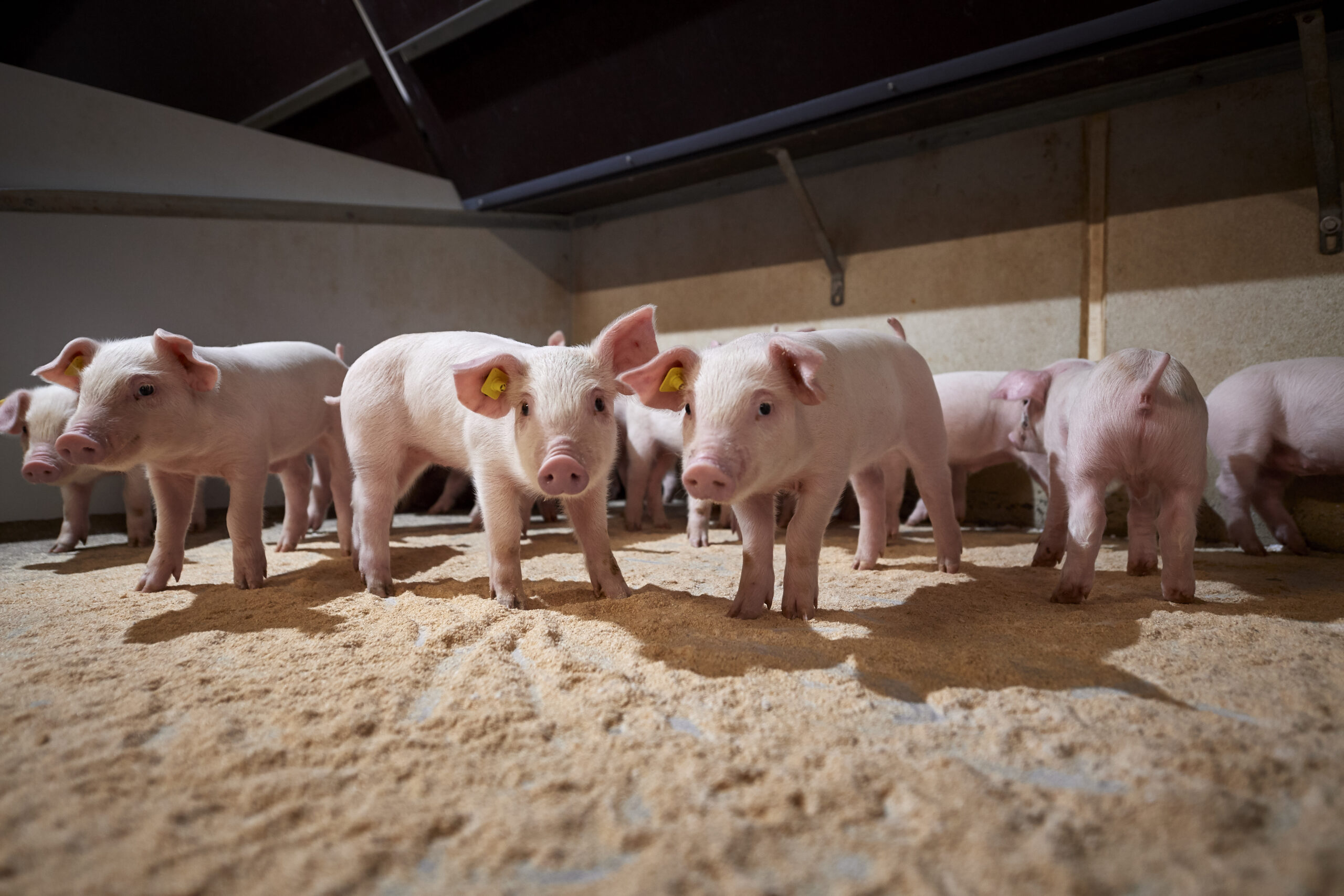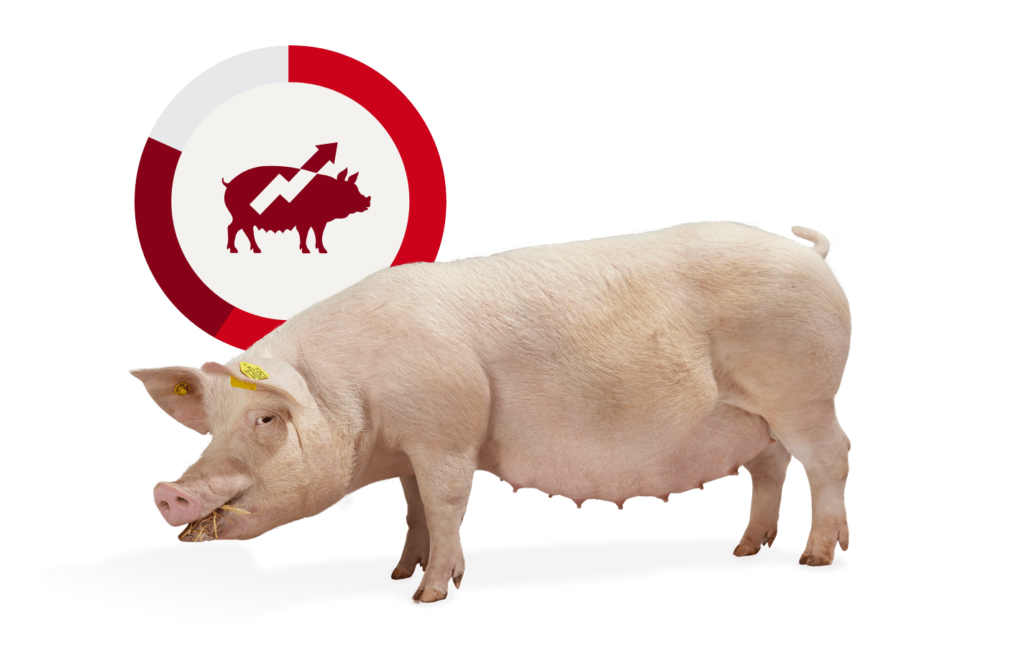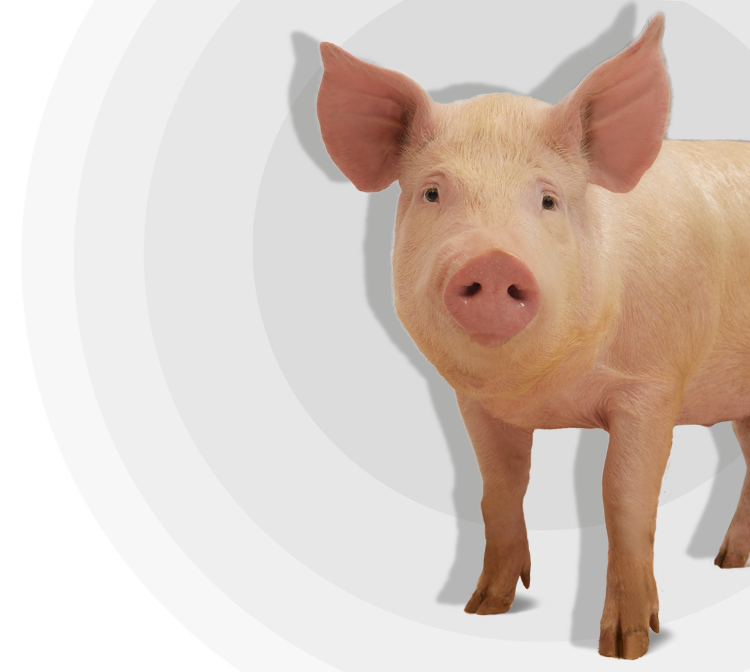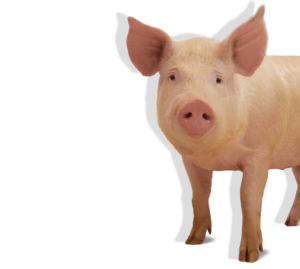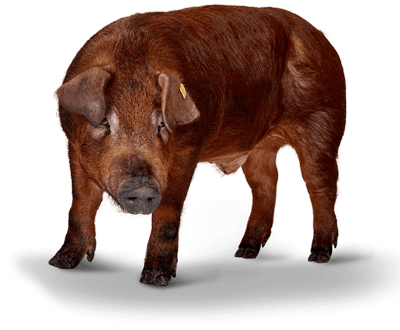By Inger Morthorst Møller, on behalf of DanBred.
African Swine Fever (ASF) has been spreading from the eastern part of the European continent since it was introduced in Georgia in 2007. Most commercial farms in eastern European countries have already learned to live with ASF outside of their farm, but now it is time for all western European countries to have a focus on external biosecurity. We have to remember that the aim of good and proper biosecurity is not only to keep ASF out of the herd but actually to keep any disease out of the herd to reduce the impact on health and economic losses.
Virus particles have different abilities to survive in different environments, but heating, drying, and disinfectants are good weapons to destroy them.
The ASF virus is very stable- in the table, you can see how long it is possible for it to survive in different materials.
Table 1: Stability of ASF virus in different materials.
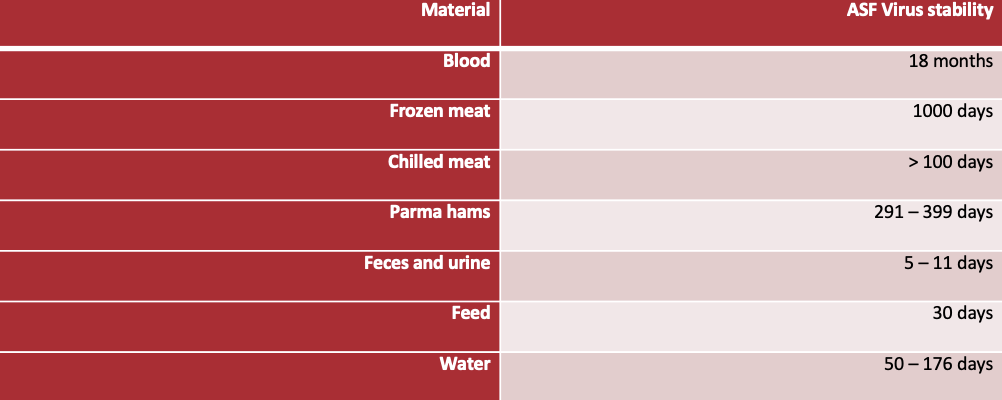
If the materials are dry (e.g., feed), the survival of the virus is shorter compared with water. But the most significant risk is material with origin from pigs that have not been heat treated.
The ASF virus is typically spread by blood, saliva, and feces from infected animals. However, laboratory experiments at the Technical University of Denmark by Olesen et al., (2020) concluded that ASF could be introduced to farms with a high level of biosecurity by blood-sucking flies, which can bring the virus from a dead wild boar outside to the pigs inside. Therefore, we need to ensure a focus on the area around the farm.
A case-control study investigated the risk factors for a commercial farm to be infected with ASF. The study found that the only risk factor is a distance shorter than two kilometers to another infected commercial farm. The conclusion of the research presumed that the distance reflects the density of wild boars and commercial farms (Boklund et al., 2020).
Recommendations
Fencing
In countries with ASF infected wild boars, it is extremely important to establish an exclusion zone around the farm to minimize the risk that infected wild boars get close to the buildings. The risk will be minimized by establishing a fixed fence around the farm. The fence must be 150 cm high, and the lowest part must not be permeable to small rodents and predators because they can also bring infection inside. The purpose of the fence is to keep wild boars and flies as far away from the farm as possible. The blood-sucking flies rarely fly far away from forests and areas with high humidity. Likewise, the wild boars do not like to stay in wide-open areas. Therefore the area around the farm inside and outside the fence must be bare earth or very low vegetation.
Transport around and to the farm
A strictly closed farm is not possible because the transport of pigs is an important part of the daily work at the farm. Despite this, we need to show caution and awareness when we break the wall of biosecurity. When we bring pigs to the farm or deliver pigs for the slaughterhouse or other farms, a truck from outside comes close to the farm. Normally the truck is not a risk by itself, but you need to consider the truck as a possible carrier of infectious virus from other cargo it may have carried or an area which it may have driven through.
The routine around moving pigs to and from the farm must be exact for all personnel. In general, no truck should pass the fence to the farm area. To solve the transport inside of the fenced area if the buildings are not connected, an internal truck should move pigs inside and to a special area with loading facilities. If feeding mills are located inside the fence and transport with unknown trucks, they should drive into a disinfection area before entering. Note that the surveillance of virus in urine and feces is 5 – 11 days, and therefore, a weekly quarantine is not enough.
Personel
Bringing infectious agents to the farm depends on the routines of hygiene when entering the farm, e.g., clothes changing and bath. This theme will also be discussed in detail in a later article, but according to ASF experts, people and food are a risk factor bringing ASF into the farm if the remains of non-heated food made from infected animals unluckily are fed to pigs. To avoid potentially infectious food at the farm, any person (including staff) should not be allowed to bring food to the farm. This, of course, means that food for staff will need to be cooked at the farm, or one is responsible for buying and bringing shared lunch.
Raising the biosecurity relies on everyone following the agreed procedures every time. The following questions will help you improve your farm biosecurity:
- Do we have good enough procedures concerning:
- Loading procedures?
- Feeding/grain transport inside/outside the farm?
- Do we see any wild boars around the farm?
- Can we build a fence?
- Is the area around the farm attractive to flies and wild boars?
- Do we have routines concerning the food for the staff?
- Why/why not?
Reference list
Boklund, A., Dhollander, S., Chesnoi Vasile, T., Abrahantes, J. C., Bøtner, A., Gogun, A., Gonzalez Villeta, L. C., Gortázar, C., More, S. J., Papanikolaou, A., Roberts, H., Stegeman, A., Ståhl, K., Thulke, H. H., Viltrop, A., Van der Stede, Y., & Mortensen, S. (2020). Risk factors for African swine fever incursion in Romanian domestic farms during 2019. Scientific Reports, 10(10215), 1–13.
Olesen, A. S., Belsham, G. J., Bruun Rasmussen, T., Lohse, L., Bødker, R., Halasa, T., Boklund, A., & Bøtner, A. (2020). Potential routes for indirect transmission of African swine fever virus into domestic pig herds. Trabsboundary and Emerging Diseases, 67, 1472–1484.
Olesen, A. S., Lohse, L., Frimodt Hansen, M., Boklund, A., Halasa, T., Belsham, G. J., Bruun Rasmussen, T., Bøtner, A., & Bødker, R. (2018). Infection of pigs with African swine fever virus via ingestion of stable flies (Stomoxys calcitrans). Trabsboundary and Emerging Diseases, 65, 1152–1157.


